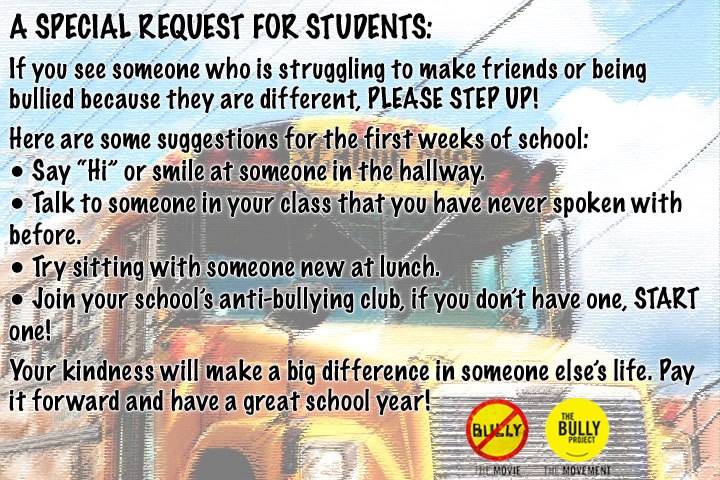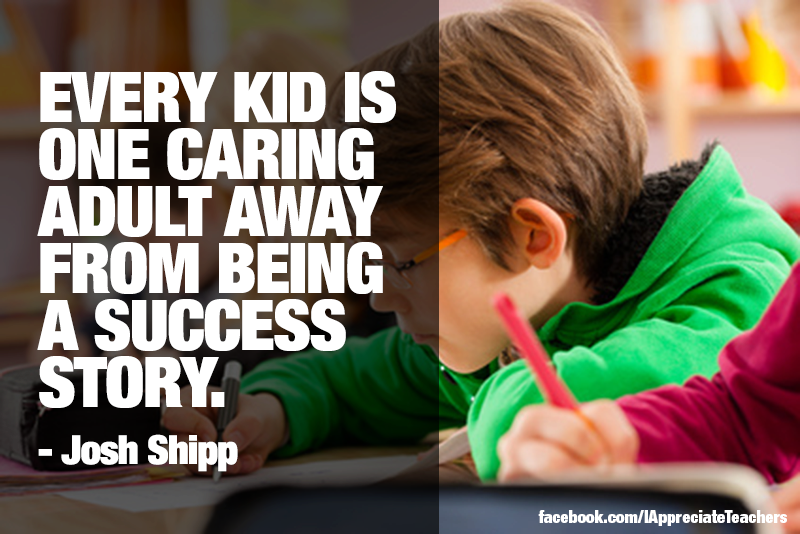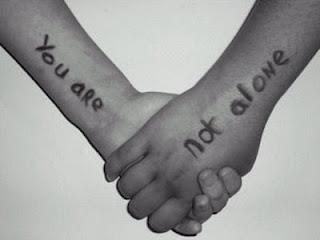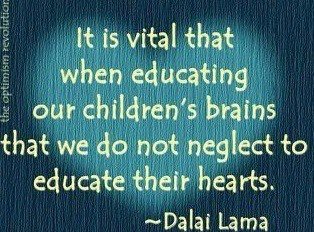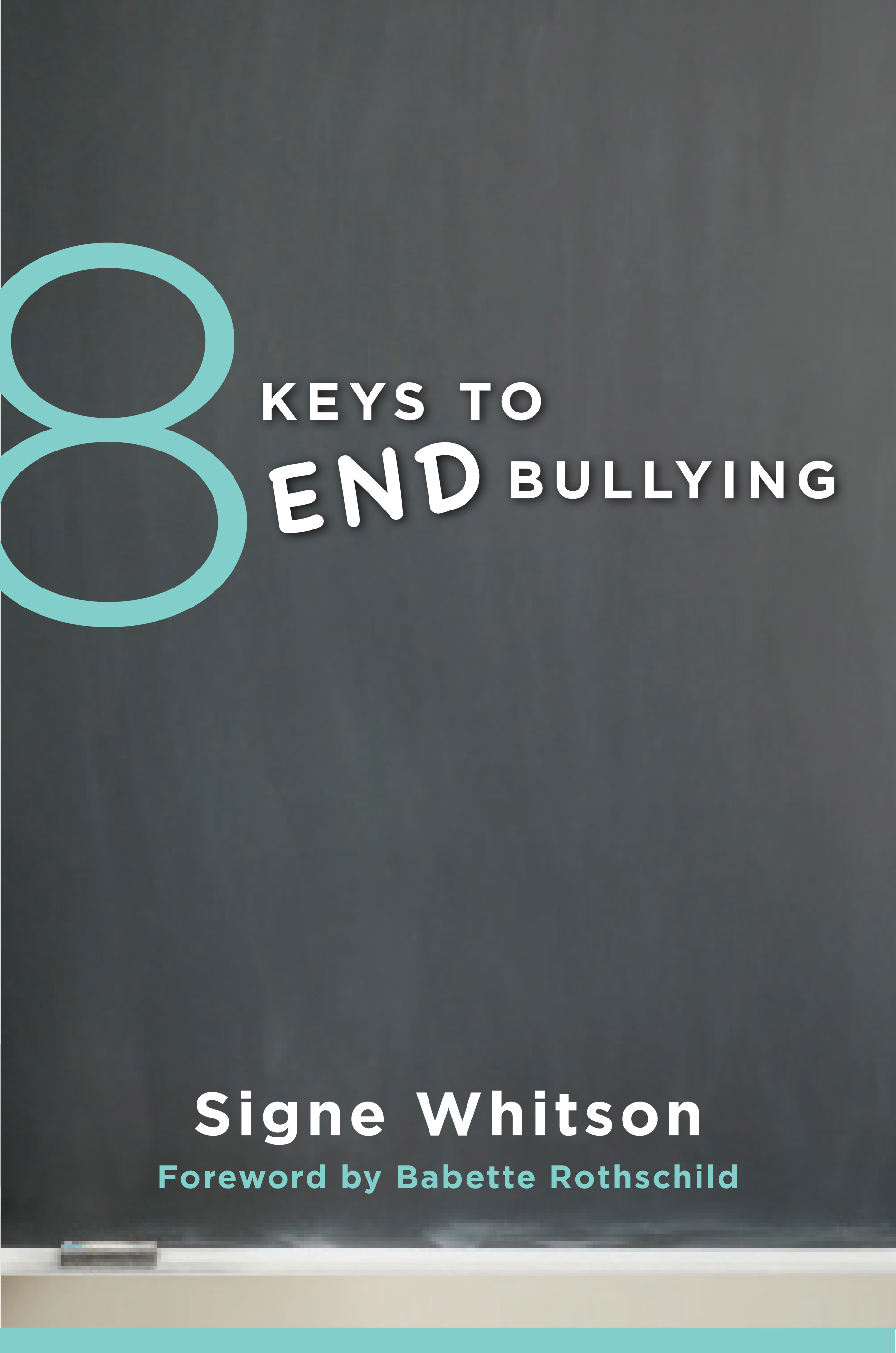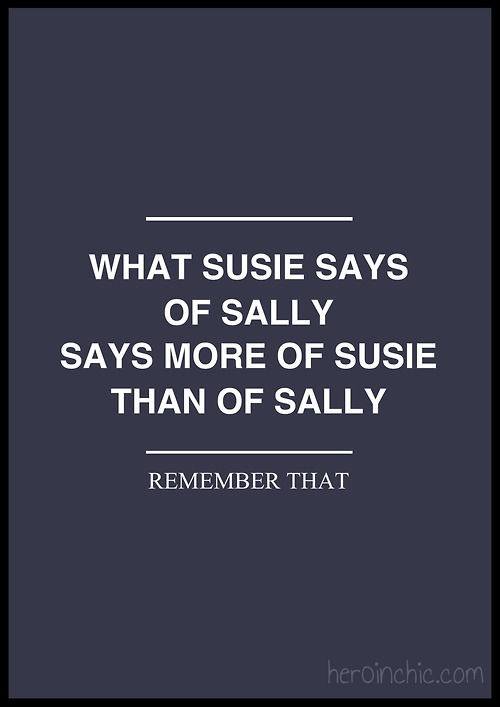bullying
Helping Your Tween Stay Strong in the Face of Bullying
0Through the wonders of social media, I have met up with some fascinating people doing great work with kids. Recently, I connected with Heather Thomas at The Helpful Counselor, who was nice enough to share my post about 4 Things Your Tween Needs to Know to Stay Strong in the Face of Bullying. I hate to bounce you from one site to the next, but please check out my post over on her site, then check out all of the other great things she has to offer!
The Long Term Impact of Bullying: What Parents, Teachers, and All Adults Need to Know
0As an author and educator on bullying, I have a keen sense about the urgency of my message but also a healthy awareness that as people sit down to attend one of my trainings, they may begin as “prisoners.” In other words, some boss or supervisor somewhere assigned the person to attend, though what they’d really rather be doing is preparing their classroom, working on lesson plans, collaborating with other teachers, or, well, anything but listening to another talking head droning on and on about an educator’s obligation to stop bullying. Yes, the bullying that was once never talked about has now have become so pervasive (and too often finger-wagging) that us anti-bullying messengers have run the risk of sounding like the teachers in the Charlie Brown cartoons.
My goal is always to turn the prisoners into opportunity-seekers: to help educator’s understand that they are in the rare position to “be that one person” in a child’s life who makes the child feel heard, understood, valued, defended, and strong. Likewise, teachers can reach out to kids who bully, understand the pain behind their aggressive behavior, and teach those students better way to behave, more constructive ways to exert power and control in their lives. As Haim Ginnot once said, teachers really are THE decisive element in the classroom.
This article, featured online in Science Daily, is a great tool for helping teachers, parents, and all adults understand the long term impact of bullying and realize that stopping bullying is not just one more item on the To Do list, but rather a critical opportunity to make all of the difference in a child’s long term well-being:
http://www.sciencedaily.com/releases/2013/08/130819102708.htm
It is the Adult’s Obligation to Remain Connected to Kids, to Help Stop Bullying
0Great article in Education Week about the moral obligation of educators–and all adults–to remain connected with kids and take decisive action to prioritize the dignity and safety of young people.
“…schools have a responsibility not only to help students learn, but also to keep them safe, physically and emotionally, while they are in our care. If we are not addressing the culture of bullying and public shaming, if we are not doing everything we can to teach young people how to treat each other kindly and civilly, if we are ignoring social and emotional crises unfolding before our eyes, we are failing Rehtaeh and thousands like her.”
To read more, please visit: http://www.edweek.org/ew/articles/2013/08/07/37azin.h32.html?tkn=ZMSF27GGZeLPugmJWLy3TPmVIskIUi5%2B7KZS&cmp=ENL-EU-VIEWS1
4 Essential Strategies for Stopping Bullying in Classrooms and Schools
0Classroom teachers have everything to do with stopping bullying. There. I said it. I often hesitate to make this assertion so plainly when speaking to educators, fearing my next move will have to be fending off rotten tomatoes lobbed at my head by teachers who won’t stand for having yet another responsibility heaped onto their already-overflowing plates.
If the spoiled fruit ever were to be thrown my way, I would understand the sentiment, but the fact that they never are is a true testament to the tremendous job that most classroom teachers willingly take on every day of the school year. The teachers who are making a difference in the movement to stop bullying are engaged role models of kindness and expert masters of diplomacy. They are true champions of the underdog and astute shapers of peer culture. They are not afraid to be direct and to confront bullying behavior whenever they see it. These teachers are improving the lives of young people each and every day and demonstrating that time spent on bullying prevention is time saved on conflict, alienation, academic struggles, and victimization. What follows are four strategies for stopping bullying that effective teachers share in common:
Click here to read my article on the HuffingtonPost that explains four strategies effective teachers use to stop bullying in their classrooms and schools:
http://www.huffingtonpost.com/signe-whitson/the-decisive-element-in-t_b_2909367.html
New Book Announcement: 8 Keys to End Bullying
0I’m super-excited to share with you the cover of my new book, due out in the Spring of 2014, via Norton Publishers. The best part (aside from hoping to help lots of teachers, counselors, and kids, of course) is no more waking up at 5am to sneak in some quiet writing hours! Cheers to sleeping in for the rest of the Summer!!
Feedback on How to Be Angry from Elementary School Students
0Six students from the Freetown Elementary School in Maryland recently completed the How to Be Angry curriculum. They were kind enough to share with me their feedback on the activities, lessons, and games and gave me permission, in turn, to share it with you! Special thanks to Aimee Meyer, their teacher who led the lessons, and all of the kids who are such gracious and enthusiastic learners!
Most important thing I’ve learned so far …
- “Bullies are not cool.”
- “I learned how to use I messages instead of you messages all the time.”
- “I learned about passive-aggressive behavior. That’s what I do.”
- When prompted for more information, the student said “You know, like when I mope around, shuffle real slow down the hall, soft-talk and work real slow or not at all. Now I know how to calm down better.”
- “I learned that you don’t have to take things out on someone else all the time. I only knew how to do that.”
What I have enjoyed the most about these lessons …
- “I liked when we did the activity with putting magnets underneath the types of anger. The magnets told us what the types of anger looked like and what we could do when we feel these.”
- “I’m moving to different parts of the room when we gained our opinions to something. We learned how to respect others’ opinions and that it’s okay to have different opinions.”
- “I really liked the game where we lined up by our birthday but we couldn’t talk. It was hard and we had to use our hands, fingers and faces to do it. We learned about nonverbal communication. It’s important.”
- “I liked how there were a lot of games. There was one at the beginning of each lesson and they were pretty fun.”
If I could improve on this book in one way I would …
- “Add more games. They are a lot of fun and active.”
- “Give the kids a workbook so they each have their own.”
- “Add pictures and colors to the worksheets or a Kid’s Workbook.”
Note for Educators: Handouts for kids in How to Be Angry are reproducible! You may feel free to make kids their own workbook to use as you are conducting each session. The kids recommend it and so do I!
Thanks again, kids!
All the best– Signe
No Bullying! News Clip from the Allentown Morning Call
0Well, imagine my surprise when I came across this video clip! Yes, I do recall talking on camera to a reporter, just prior to beginning a recent Bullying Awareness StoryTime event, but No, I had no clue that it had been produced and published online. After initial feelings of stage fright-induced nausea…it’s actually a pleasant surprise.
So, friends, introducing ME, introducing my Shredders and Builders Activity (featured in Friendship & Other Weapons) to teach young kids about the power of words and the importance of kindness in friendship.
E-mail Contracts for Kids
0A friend of mine from graduate school and I were just lamenting over the fact that our daughters are asking to have e-mail accounts. Well, actually, we were marveling at how time has flown and that our kids are at this age already. Ok, truthfully, we were feeling sorry for ourselves about how old we must be to have tween-age kids, but I digress…
She and I are both concerned about setting guidelines for our girls as they take big steps into the world of technology social media. Here are the sets of guidelines she and I each pieced together from our own wisdom and bits of advice on the web. I like hers better…she liked mine…together, perhaps we have a whole parent’s brain. You can feel free to pick and choose from either. Hopefully, you can find the suggestions helpful:
E-MAIL CONTRACT:
1. Always be kind, and do not ever use email to say ugly, nasty, or mean things about ANYONE. Not only is that not behavior not acceptable, but email can always be forwarded to someone & hurt their feelings.
2. If you don’t recognize an address in your inbox, or someone sends you a weird email, don’t touch the email & come get me or Daddy.
3. No opening attachments or clicking on links without approval.
4. Daddy and I can and will access your emails at any time. You must give us your password(s) if you change them.
5. The only computers you are allowed to access your email from is mine or Daddy’s (and Grandma’s). If you access Gmail from school, you would have to be responsible enough to “SIGN OUT” so that the next person can’t access your email. Many grown-ups can’t even remember to do this, so I’m not going to ask you to. So, no accessing emails from school until I believe you’re responsible enough to do this.
6. NEVER click the “remember me” or “remember this password?” if you do access your email from another computer (against my rules). This will allow that computer to ALWAYS remember your password without the person sitting there to even think about it.
7. Never send to anyone in an email the following: your real address, phone number, any passwords, our cell phone numbers, your birthday/date, social security number or any other identifying information–not even to someone you know. This will cause you BIG, BIG problems or put you in DANGER from people who want to harm children.
8. Don’t use “Reply all.” Many grown-ups don’t even understand how to use this properly.
9. If someone emails you telling you you won something: you didn’t. Come get one of us.
10. Don’t go into the “Spam” folder – that’s not a place for children, and I’m trusting you enough to follow this rule (and the others). If you think an email you want may have mistakenly found its way in there, ask one of us to look in there for you.
11. You are not allowed to use Google+ without our permission. That is something you can earn with good behavior and when you’re a little older.
YOUR EMAIL ACCOUNT IS A PRIVILEGE. WE CAN REVOKE THIS PRIVILEGE AT ANY TIME. WE CAN RESTRICT THE PRIVILEGE IN ANY WAY AT ANY TIME. WE EXPECT YOU TO FOLLOW THESE RULES IF YOU WANT TO KEEP THIS PRIVILEGE.
SOCIAL MEDIA CONTRACT:
We believe our family values include kindness, honesty, and compassion for others. Our use of technology must reflect these values. Therefore, we recognize that having an email address, texting, using a YouTube account, and any other uses of technology must follow these rules:
- Communication (sending e-mails, commenting on videos, sending texts, etc) is for the purpose of friendship and exchange of ideas or information. It is never for spreading gossip, making rude comments, using bad language, or giving out personal information to people we don’t know.
- Technology can never be used for the purposes of humiliating, embarrassing, getting revenge upon, or hurting others in any way.
- Sending or uploading photos and videos with any personally identifying images or information are not permitted unless specially approved by Mommy or Daddy.
- Mommy and Daddy must always have access to the passwords and content for all of your technology accounts.
- Mommy and Daddy reserve the right to insist that particular sites and friends who behave in violation of our values be banned or blocked.
- No emails, texts, YouTube comments, etc after 9:00pm (school year) and 9:30pm (summer).
If these rules are not followed, the following will occur:
First violation: All technology privileges ended for 7 days.
Second violation: All technology privileges ended for 14 days.
Third violation: All technology privileges ended indefinitely.
While we understand that anyone can make a mistake, we believe that living according to our values is critically important.
Signed:
_________________________________ _________________________________
Child Parent
For more information and suggestions for teaching kids about ethical uses of technology and social media, please check out my post on Psychology Today, Teaching Netiquette to Kids.
